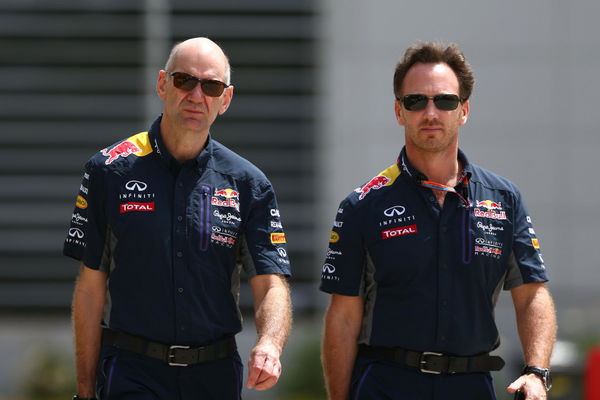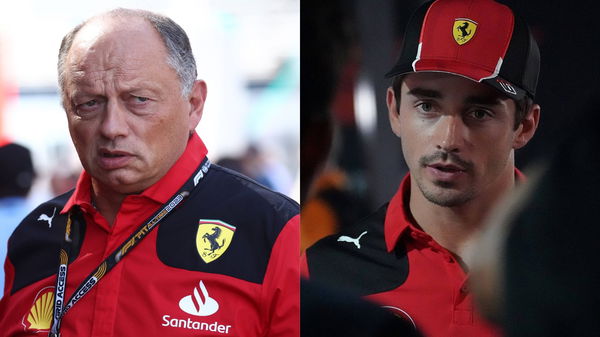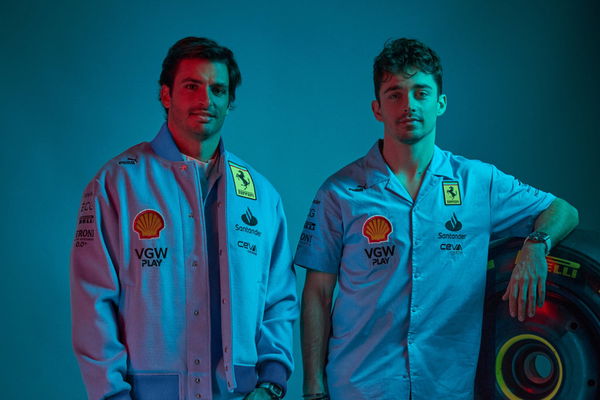F1 Brings yet Another Sensor to Fight Tricks of Teams

Follow Us

One of the legitimate issues in F1 during the second half of the 2019 season concerned precisely what Scuderia Ferrari was doing to get such a great amount of intensity out of its motor.
Its vehicles were without a doubt the quickest in a straight line for a great part of the year. Albeit a “technical clarification” gave in November by the FIA coincided with a drop off in the Italian group’s speed.
Things got somewhat more intriguing in February of this current year. The FIA declared that it had agreed with Ferrari following an examination concerning the issue.
ADVERTISEMENT
Article continues below this ad
The declaration was all around obscure. Part of the concurrence with the team was a condition that while Ferrari wouldn’t do it once more, precisely what “it” was will stay a mystery.
The 2020 F1 season is on hold due to the coronavirus. If cars do get back on track, they’ll do as such with another sensor. It intends to forestall a potential rehash of a year ago’s dirty tricks.
One principle confines the cars to 100kg of fuel during the race. Second limits the rate at which that fuel can pass into the motor, which can’t surpass 100kg/hr.
Formula 1 is trying to cover loopholes
In F1, on the off chance that you presume another group is cheating, you frequently ask the FIA whether it would let you do whatever it is you imagine that another group is doing, seeking after a reaction as a technical explanation that says “no, doing this isn’t permitted,” and FIA did precisely that.
A few bits of proof highlighted this without a doubt being Ferrari’s favorable position. For one, its cars certainly seemed to lose some straight-line execution starting here in the season.
Trending

Liam Lawson’s Surprise Contract Clause Threatens Daniel Ricciardo’s RB Seat
April 24, 2024 11:15 AM EDT

F1 Rumor: Adrian Newey to Join Ferrari, Leaving Red Bull Amid Christian Horner-Helmut Marko Fiasco
April 25, 2024 05:55 PM EDT

“[Charles] Leclerc Doesn’t Care About Ferrari”: F1 Insider’s Brutal Blow to Fred Vasseur & Co. Has Racing Community Lashing Out
April 24, 2024 05:00 PM EDT

What Is Azzurro La Plata and Azzurro Dino? Significance of Ferrari’s Historic Change to a Blue Livery for Miami GP
April 24, 2024 04:52 PM EDT

F1 Rumor: Oliver Bearman to Join Haas as Nico Hulkenberg Leaves Seat Empty to Join Kick Sauber Team
April 26, 2024 10:45 AM EDT
Get instantly notified of the hottest F1 stories via Google! Click on Follow Us and Tap the Blue Star.

Follow Us
It would clarify how its vehicles were seen as conveying extra fuel toward the finish of the Abu Dhabi GP. Only 4.88kg, but rather enough to clarify the 5% power advantage that the Ferrari motor seemed to create.

F1 2020 Regulations
ADVERTISEMENT
Article continues below this ad
The 2020 rules presently require the vehicles to run not one but rather two fuel stream sensors. The main sensor is the equivalent Sentronics unit as a year ago. This is associated with the’s motor control unit, and the teams can see its information in their telemetry streams.
Although, rather than the fuel at that point heading off to the motor, it goes through a second Sentronics fuel sensor. This one uses anti-aliasing to randomize when the device samples the fuel flow. It makes impossible to synchronize the fuel flow such that it exceeds the limit in between sampling events.
Moreover, the information from this fuel stream meter will be confidential. It will go to the FIA secure information recorder that every vehicle will carry. That information will not be available to the teams.
ADVERTISEMENT
Article continues below this ad
At last, The FIA will take care of these auxiliary fuel stream meters. It will mention to each group what specific sensor to use in every vehicle toward the beginning of the race and will likewise gather the sensors toward the finish of each race to forestall any altering.
“This new variant of the FlowSonic fuel flow meter is not only one of the most technologically advanced currently available but is an important step forward in improving the FIA’s policing of the maximum fuel flow regulations in F1. We’re proud to lead the market in solid-state fuel flow meters and to demonstrate our ability to develop world-class technology in rapid timeframes,” said Sentronics Managing Director Neville Meech.
